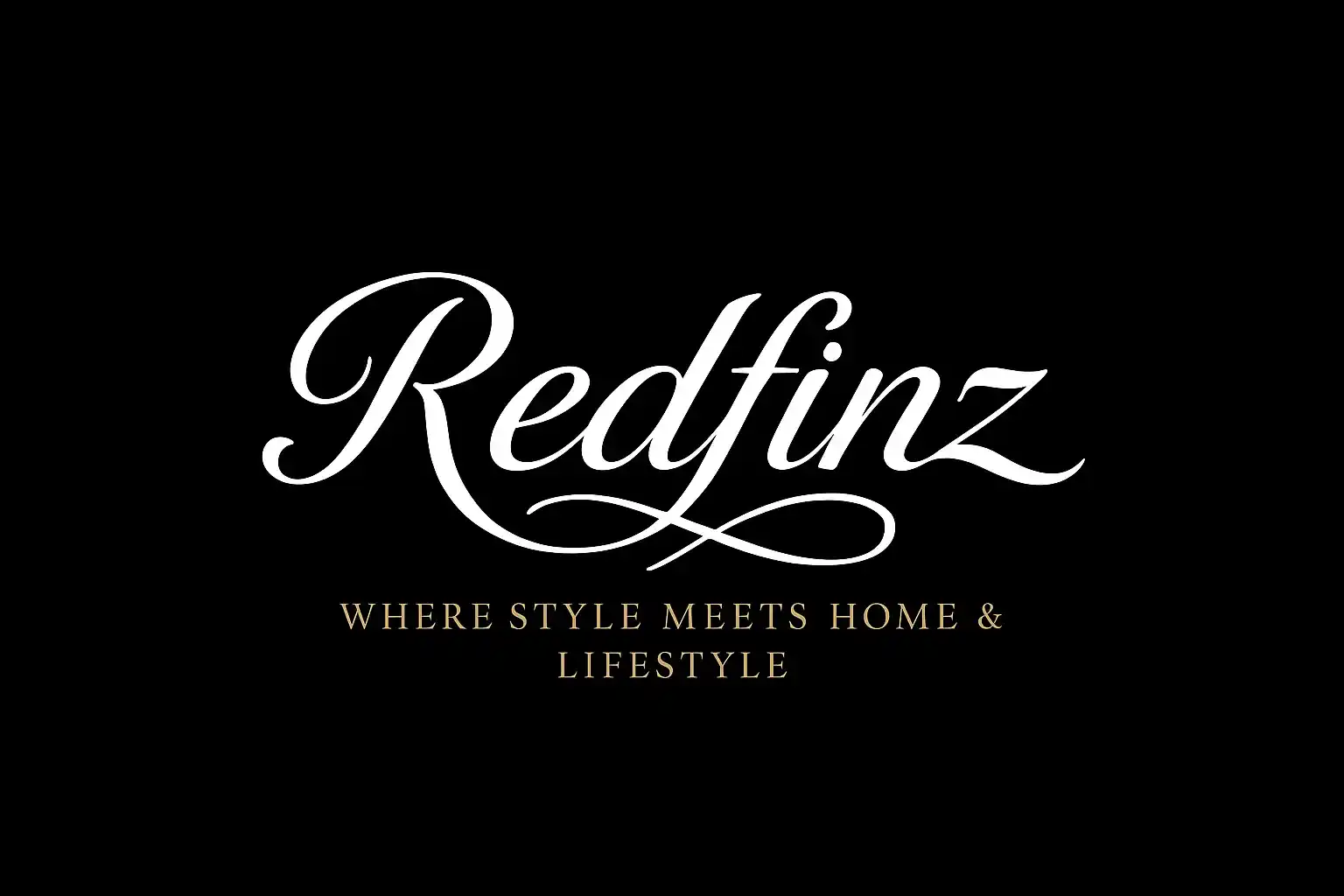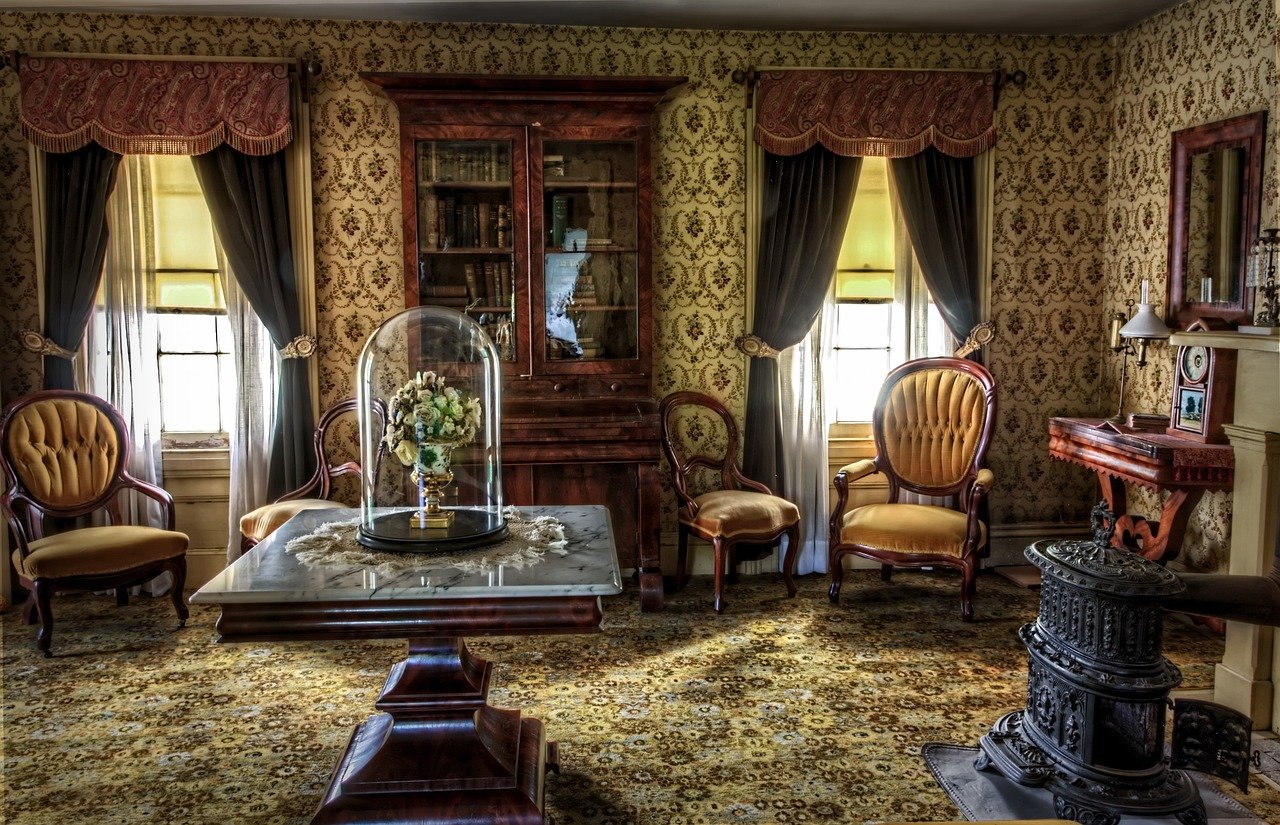Mastering Interior Decorating Terminology: Enhance your design vocabulary
In the vibrant world of interior design, terminology is more than just a collection of words—it’s the language that bridges creative vision and practical execution. Whether you’re a DIY enthusiast sprucing up your living space, a student delving into the intricacies of design, or a professional seeking to refine your craft, mastering interior decorating terminology is indispensable. With an ever-evolving lexicon, understanding these terms not only enriches your vocabulary but also empowers you to communicate with clarity and confidence.
This blog post aims to demystify the complex jargon of interior decorating, providing you with a comprehensive glossary that spans foundational concepts to nuanced design terms. Expect detailed definitions, practical examples, and visual aids that will illuminate your path to becoming fluent in the language of design. As we explore the historical evolution and cultural nuances of these terms, you will gain unique insights from design experts that will enhance your understanding and application in real-world scenarios.
Join us on this enlightening journey and unlock the secrets of home decor vocabulary that will transform the way you approach your decorating projects. Understanding this terminology is crucial for effective communication and informed decision-making, ensuring your designs not only meet but exceed expectations. Dive in and discover how mastering this vocabulary can be a game-changer in your design endeavors. Learn more about the importance of design terminology here.
Understanding the interior design glossary is crucial for anyone involved in the field, whether you’re a student, a hobbyist, or an industry professional. Mastering interior design terms not only enhances communication but also significantly improves decision-making in design projects. For students, it lays a foundation for academic success and future career opportunities. Hobbyists can more effectively articulate their visions when collaborating with professionals, while industry experts can ensure clarity and precision in project execution.
According to Britannica, the conscious relationship between art, architecture and design underscores the importance of terminology in creating cohesive spaces.
The benefits of understanding design vocabulary extend beyond mere communication. It empowers individuals to make informed choices, ensuring that every element of a design project aligns with the overarching aesthetic and functional goals. This precision is particularly vital in projects where collaboration among various stakeholders is key.
Consider the case of a recent project where precise terminology facilitated seamless communication among architects, designers, and clients, resulting in a harmonious and well-executed space. Quotes from design experts often highlight how a shared language can lead to successful outcomes, emphasizing the value of a well-rounded understanding of design terms.
For those eager to explore more about enhancing their interior design skills, check out our comprehensive guide on home decor thrift stores for unique and affordable design solutions. Additionally, discover the timeless elegance of wooden home decor and how it can elevate your interior spaces. These resources can provide further insights into practical applications of design terminology in various contexts.
In conclusion, a robust grasp of interior design terms is indispensable for effective communication and successful project outcomes. Whether you are a novice or a seasoned professional, investing time in learning this design vocabulary can significantly enhance your ability to create cohesive and aesthetically pleasing spaces.
Comprehensive Glossary of Interior Decorating Terms
 Navigating the world of interior decorating can often feel like learning a new language. This decor glossary is crafted to demystify the decorating jargon and provide a clear understanding of essential design terms. The glossary is organized alphabetically to ensure ease of use and quick reference.
Navigating the world of interior decorating can often feel like learning a new language. This decor glossary is crafted to demystify the decorating jargon and provide a clear understanding of essential design terms. The glossary is organized alphabetically to ensure ease of use and quick reference.
A-C Terms: Foundational Concepts
Accent Wall: An accent wall is a wall in a room that is painted a different color or covered in a different material to stand out from the other walls. This concept is foundational in interior design as it adds visual interest and can create a focal point within a space. Accent walls are often complemented by accent lighting to enhance their impact. For more insights into integrating accent features into your home, explore our guide to timeless wooden home decor.
Bohemian Style: This style embraces a carefree, eclectic mix of patterns, colors, and textures, often drawing inspiration from global cultures. It’s perfect for those who love a laid-back yet visually rich aesthetic. The online home decor thrift store guide offers tips on sourcing unique pieces that fit this style.
Cottagecore: A trend that romanticizes rural and countryside living, cottagecore incorporates cozy, rustic elements like floral prints, soft fabrics, and natural materials. This style has gained popularity for its nostalgic and comforting vibe, which you can explore further on our home decor blog.
D-F Terms: Essential Elements
Eclectic Style: An eclectic style combines various design elements from different periods and styles, creating a unique and personalized look. This approach allows for a blend of contrasting aesthetics that can result in a harmonious space. Eclectic style is about balance and creativity, ensuring that different pieces complement each other rather than clash. According to And Academy, it’s essential to have a unifying theme or color palette to maintain coherence.
Focal Point: The focal point in a room is the area that naturally draws the eye. It could be a fireplace, a piece of art, or an accent wall. Creating a strong focal point is crucial in interior design as it anchors the space and provides a sense of balance. The strategic use of accent colors and lighting can enhance the focal point, making it more pronounced and engaging.
Feng Shui: Originating from ancient Chinese philosophy, feng shui is the practice of arranging your environment to promote harmony and balance. It involves thoughtful placement of furniture and decor to optimize the flow of energy (or chi) within a space. This concept is deeply influenced by cultural beliefs and has been adapted in various ways across the globe, providing a unique perspective on spatial arrangement.
By understanding these terms, you can better communicate your design preferences and make informed decisions when decorating your space. Whether you’re exploring home decorating vocabulary for personal projects or professional development, this glossary serves as a comprehensive resource to enhance your interior design journey.
Commonly Confused Interior Decorating Terms
Understanding the interior design vocabulary for beginners can be a daunting task, especially when terms like “modern” and “contemporary” are often used interchangeably. These styles, while sometimes confused, have distinct characteristics and influences. To clarify, let’s explore some common interior decorating terms and their differences.
- Modern vs. Contemporary: The term “modern” refers to a design style that emerged in the early to mid-20th century, characterized by clean lines and a focus on function. On the other hand, “contemporary” design is ever-evolving, reflecting current trends and styles. According to And Academy, modern style is rooted in a specific historical period, whereas contemporary design is more fluid, adapting to the present day.
Professional Insight: Many beginners mistakenly believe that “modern” and “contemporary” are synonymous. However, understanding the historical context and aesthetic principles of each can greatly enhance one’s design acumen.
- Minimalist vs Scandinavian: Minimalism focuses on simplicity and the use of minimal elements to achieve a sense of order and calm. Scandinavian design, while also minimalist, incorporates natural materials and textures to create warmth. This distinction is crucial for those looking to create a specific ambiance in their space.
To further refine your interior design skills, consider exploring guides on how to integrate these styles into your home. For example, our complete guide to online home decor thrift stores offers insights into sourcing unique pieces that complement both modern and contemporary styles. Additionally, for a touch of timeless elegance, our guide on wooden home decor can provide inspiration on incorporating classic elements into any design.
These professional insights and distinctions are essential for anyone delving into the world of interior design. By familiarizing yourself with these terms, you can make more informed decisions and enhance your design projects. For more comprehensive resources, visit our homepage to explore a variety of topics related to home decor and design.
Application in Real-World Scenarios
 Understanding home decor terminology is pivotal in achieving successful decorating projects, particularly for new homeowners. Grasping these terms not only streamlines communication with design professionals but also enhances the decision-making process, ensuring that the envisioned aesthetic is realized effectively. According to AND Academy, mastering design terms is essential for project success and client satisfaction.
Understanding home decor terminology is pivotal in achieving successful decorating projects, particularly for new homeowners. Grasping these terms not only streamlines communication with design professionals but also enhances the decision-making process, ensuring that the envisioned aesthetic is realized effectively. According to AND Academy, mastering design terms is essential for project success and client satisfaction.
Consider the case of a couple who recently purchased their first home. Initially overwhelmed by the plethora of decorating terms, they decided to educate themselves on the basics. This newfound knowledge empowered them to communicate their vision more clearly with their interior designer, resulting in a harmonious blend of modern and rustic elements. Their journey underscores the importance of understanding home decor terminology in executing a cohesive design plan.
Homeowners often share testimonials about the transformative power of knowing these terms. One homeowner noted, “Being able to articulate my preferences and understand the designer’s suggestions made the entire process smoother and more enjoyable.”
For those eager to dive deeper into home decor, our guide on online home decor thrift stores offers valuable insights into sourcing unique pieces. Additionally, exploring wooden home decor can provide inspiration for integrating timeless elegance into your space.
Incorporating these terms into your vocabulary can significantly enhance your decorating experience. By leveraging resources and real-world applications, new homeowners can navigate the intricate world of interior design with confidence and clarity. For more comprehensive advice and tips, visit our main page at Redfinz, where you’ll find a wealth of information to support your home decor journey.
Conclusion: Encouraging Further Exploration and Mastery
Mastering the interior decorating dictionary is not just an academic exercise; it’s a vital step towards personal and professional enrichment in the world of home design. Understanding the nuances of home design language allows enthusiasts and professionals alike to communicate more effectively, fostering creativity and innovation. This mastery is essential, given how design terminology evolves with cultural and trend shifts, emphasizing the need for continuous learning and adaptation. According to Julie Ann Rachelle, these evolutions highlight the dynamic nature of interior design, underscoring the importance of staying updated with new terms and concepts.
To further your journey in interior design, consider exploring a wealth of resources that can deepen your understanding and expertise. Engaging with comprehensive guides, such as those found at Redfinz’s online home decor thrift store guide, offers practical insights into sustainable design practices. Additionally, delving into topics like wooden home decor can provide inspiration for incorporating timeless elegance into your space. These resources not only enrich your knowledge but also connect you with a community of like-minded individuals passionate about design.
By actively seeking out courses, books, and other educational materials, you can continuously expand your interior design vocabulary and skills. This proactive approach not only enhances your ability to create aesthetically pleasing environments but also positions you as a knowledgeable resource in the design community. Visit Redfinz to discover more about the latest trends and timeless techniques in home decor. Embrace the journey of learning, and let it guide you towards becoming a master of interior design language.
Frequently Asked Questions (FAQs)
Why is understanding interior decorating terminology important?
Understanding interior decorating terminology is crucial because it enhances communication between clients and professionals, enables informed decision-making, and ensures cohesive design execution. Mastering these terms allows individuals to articulate their visions clearly and collaborate effectively on projects.
How can learning interior design vocabulary benefit hobbyists and students?
For hobbyists, mastering interior design vocabulary allows for better communication with professionals and more effective execution of personal projects. For students, it lays a foundation for academic success and opens up future career opportunities in the design field.
What is the difference between modern and contemporary design styles?
Modern design refers to a style that emerged in the early to mid-20th century, characterized by clean lines and functionality. Contemporary design, however, is ever-evolving, reflecting current trends and styles, making it more fluid and adaptable to present-day aesthetics.
How does the use of precise terminology impact design projects?
Precise terminology facilitates seamless communication among stakeholders, such as architects, designers, and clients, leading to successful project outcomes. It ensures that every element of a design project aligns with the aesthetic and functional goals, reducing misunderstandings and enhancing collaboration.
What role does an accent wall play in interior design?
An accent wall serves as a focal point in a room, adding visual interest and creating a standout feature. It is often complemented by accent lighting to enhance its impact, making it a foundational concept in interior design.
Can understanding feng shui improve my interior design projects?
Yes, understanding feng shui can significantly enhance interior design projects by promoting harmony and balance within a space. This ancient Chinese philosophy involves arranging environments to optimize the flow of energy, contributing to a more harmonious and aesthetically pleasing design.
Where can I find resources to further explore interior design vocabulary?
You can explore comprehensive guides and resources on websites like Redfinz, which offer insights into various design styles and practical applications. Guides on topics like wooden home decor provide inspiration for integrating classic elements into your design projects.






